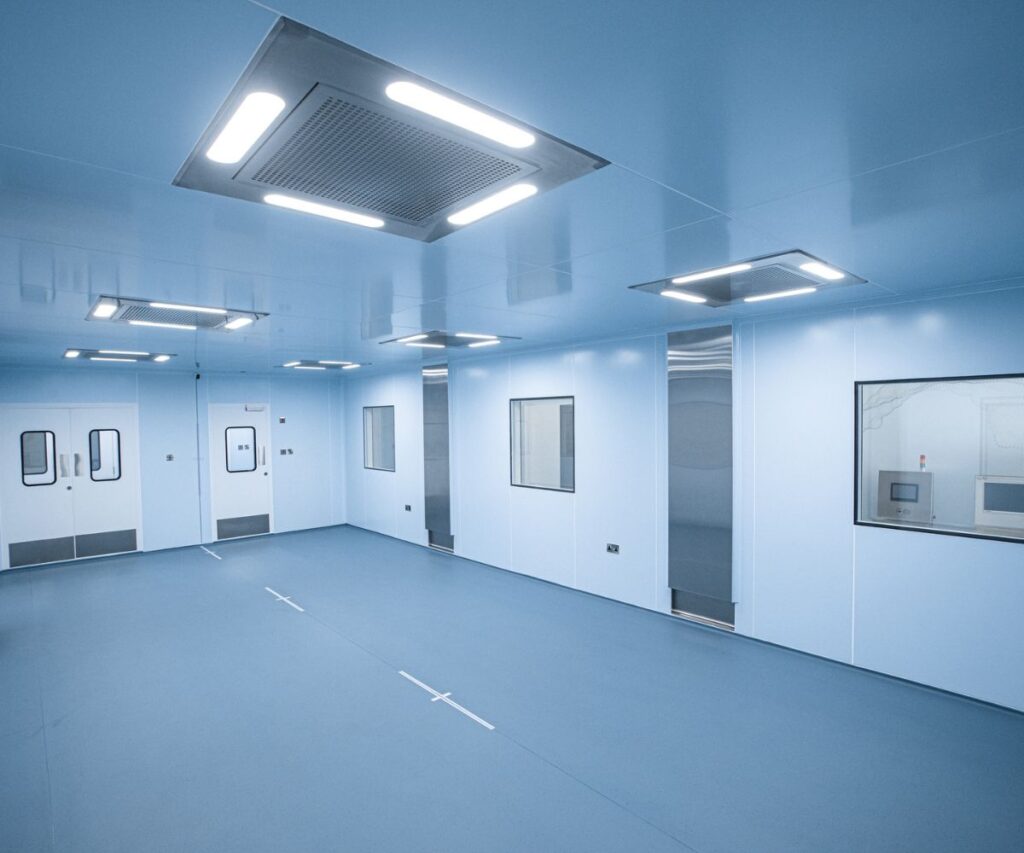In an era where precision and purity are paramount, the importance of cleanroom environments cannot be overstated. Industries ranging from pharmaceuticals to microelectronics rely heavily on cleanrooms to maintain stringent cleanliness standards, ensuring that products meet the highest quality benchmarks. However, as the demand for scalability and efficiency increases, traditional cleanroom models are evolving. Enter scalable cleanroom technologies—an innovative approach that combines flexibility with rigorous standards.
Understanding Cleanrooms
Before diving into scalable cleanroom solutions, it’s essential to understand what a cleanroom is. A cleanroom is a controlled environment where contaminants like dust, airborne microbes, and chemical vapours are minimized. These facilities are classified based on the number and size of particles permitted per volume of air. Common cleanroom classifications include ISO 5, ISO 7, and ISO 8, with ISO 5 being the cleanest.
Cleanrooms are critical in various sectors. In the pharmaceutical industry, for instance, even the slightest contamination can lead to product recalls or, worse, compromised patient safety. Similarly, in semiconductor manufacturing, the presence of dust or other particles can lead to significant production failures, resulting in financial losses and reputational damage.
The Need for Scalability
Traditional cleanroom designs often involve fixed structures with high initial capital investments. While effective, these setups can be rigid and challenging to scale up or down based on changing production needs. As industries evolve and adapt to market demands, the ability to modify cleanroom environments quickly becomes crucial. This need for scalability is where innovative solutions come into play.
Scalable Cleanroom Solutions
Modular Cleanroom Designs
Modular cleanrooms are prefabricated units that can be assembled on-site. These structures can be customized to meet specific cleanliness requirements while allowing for easy expansion or reconfiguration. By using modular designs, companies can quickly adapt to increased production demands without the lengthy process of constructing a traditional cleanroom.
Mobile Cleanroom Units
Mobile cleanroom solutions offer flexibility for companies that need temporary cleanroom environments. These units can be transported to different locations, making them ideal for contract manufacturing or field operations. Mobile cleanrooms are equipped with the necessary air filtration systems, positive pressure environments, and cleanliness controls, allowing them to operate efficiently anywhere.
Cleanroom-as-a-Service (CaaS)
The Cleanroom-as-a-Service model is gaining traction, especially in industries where businesses need to scale production rapidly. In this model, companies can rent cleanroom space and associated services, which significantly reduces capital expenditure. This approach allows for faster entry into the market and provides the flexibility to scale operations based on demand.
Advanced Filtration and Monitoring Technologies
As cleanroom technologies advance, so do the filtration and monitoring systems. Modern cleanrooms utilize state-of-the-art HEPA and ULPA filters, ensuring that the air quality meets rigorous standards. Additionally, real-time monitoring systems can track particle counts, temperature, and humidity, providing data that helps maintain optimal conditions and allowing for rapid responses to any deviations.
Benefits of Scalable Cleanroom Technologies
Cost Efficiency
Scalable cleanroom solutions reduce the need for significant upfront investments. Companies can invest in cleanroom capabilities as needed, aligning with production needs and minimizing waste.
Increased Flexibility
With scalable options, businesses can pivot quickly in response to market changes. Whether launching a new product line or adjusting to seasonal demands, modular and mobile cleanrooms can be tailored to fit the situation.
Improved Compliance
Scalable cleanrooms still adhere to the strict regulatory requirements of industries like pharmaceuticals and aerospace. By implementing advanced technologies and maintaining rigorous standards, companies can ensure compliance while enjoying the benefits of scalability.
Enhanced Productivity
With the ability to adapt quickly to production needs, companies can improve turnaround times and maintain consistent output levels. This responsiveness not only enhances productivity but also boosts overall competitiveness.
The Future of Cleanroom Technology
As industries continue to evolve, so will the technologies that support them. Scalable cleanroom solutions are paving the way for a future where manufacturing can be both efficient and compliant. The integration of automation and artificial intelligence may further enhance these environments, providing smarter controls and predictive maintenance capabilities.
Moreover, as sustainability becomes increasingly important, future cleanroom designs may focus on energy efficiency and waste reduction. Innovations in cleanroom materials, energy recovery systems, and sustainable practices will likely shape the next generation of cleanroom technologies.
Read Also: The Importance of Cleanrooms in the Cosmetic Industry
Conclusion
In a world where precision is critical, scalable cleanroom solutions are transforming how industries approach cleanliness and compliance. By offering flexibility, cost efficiency, and adaptability, these innovative technologies empower companies to meet the ever-growing demands of the market without compromising on quality. As we look to the future, it’s clear that the evolution of cleanroom environments will play a pivotal role in the ongoing quest for excellence in manufacturing. Embracing scalable cleanroom technologies is not just a trend; it’s a strategic imperative for businesses aiming to thrive in a competitive landscape.



